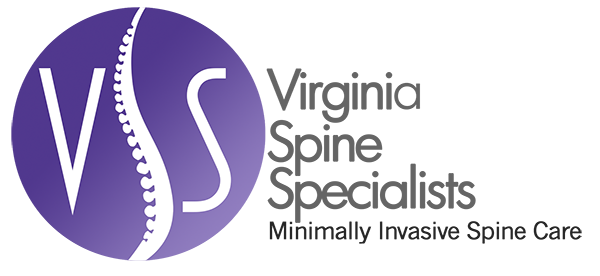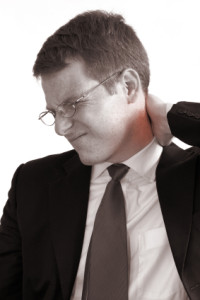What is Causing My Neck Pain, and What Can I Do About It? Part 1
Neck pain can disrupt your life considerably because, even when you are in a reclined position (which would rest other areas of the body), you may still be tempted to turn and twist your neck. Moving our neck is so natural to us since we often move it to see, as we are talking, and expressively – even when we are just listening to another person speak!
If you are experiencing neck pain, you probably have questions about what is causing the pain and what to do about it. First and foremost, if you have been experiencing severe or long-term neck pain, you should make an appointment with a doctor who specializes in neck and back pain.
If you experience neck pain that comes and goes, here are some of the possible reasons:
Mechanical Neck Pain
If you have a chronic neck ache, it may be the result of degenerative disc disease and arthritis of the facet joints of the cervical spine. This pain is often referred to as mechanical pain because it gets worse as we use our neck more and comes from the mechanical parts that allow us to move our head around. Pain generates from the inflamed facet joints and from the degenerated disc, causing cramping and spasms.
Degenerative Disc Disease
When we age, our disc loses some of its water content, and therefore, loses some of its shock absorbing ability. Think about how a sponge bounces back easily when pressed between your hands as long as it is wet. But, when it dries out, it becomes less bouncy, and it doesn’t give as much between your hands.
That is similar to how a disc works. And, when it is stressed, it can develop tears in the outer ring, called the annulus. These tears can result in a build-up of scar tissue, which is weaker than normal, healthy tissue. Eventually, the disc wears down and starts to collapse, which affects facet joint alignment. When this happens, you face abnormal pressure on the articular cartilage (causing osteoarthritis) and even bone spurs, which can lead to a condition called spinal stenosis.
Cervical Radiculopathy (Pinched Nerve)
You may have heard someone say they have “pinched a nerve,” but what leads to this painful condition? As a nerve root leaves the spinal cord and the cervical spine, it travels down into your arm. As it moves, each nerve supplies sensation to a part of the skin in your shoulder and arm as well as supplies electrical signals to muscles to move part of your arm or hand.
However, when a nerve becomes irritated or gets pinched, this process does not work properly. Therefore, you may feel weakness in the associated muscles, numbness in the skin, or pain in the areas where the nerve travels. Known as cervical radiculopathy, this condition stems from a couple of causes.
Herniated Disc: As you move your neck, you are placing pressure on your vertebrae and disc, and injury may occur if neck motion puts too much pressure on the disc. A herniated disc results from a tear in the annulus that causes part of the nucleus pulposus to squeeze out of the center of the disc.
Bone Spurs and Degeneration: Degenerative disc disease can cause bone spurs to form around your nerve roots, usually inside the foramen (the opening in the cervical spine where the nerve root leaves the spine). If bone spurs get too large, they can rub on the nerve root and irritate it.
Spinal Stenosis (Cervical Myelopathy)
Finally, we’ll take a look at perhaps the most serious of problems caused by degeneration of the spinal segment in the cervical spine. Spinal Stenosis occurs in the late stages of spinal degeneration. As bone spurs form, the size of the spinal canal gets smaller, and the spurs begin to press on the spinal cord and nerve roots. Pressure in these areas can cause numbness, tingling, or pain in the arms, hands, and legs. And, if the spinal canal does narrow, the entire spinal cord may be affected. If you suspect you have this condition, please contact your physician right away.
In our next post, we’ll explore several methods of preventing neck pain.

Categories
Archives
Contact Dr. Mudit Sharma
Phone: (571) 921-4877
Toll Free: (855) 774-6334
Monday – Thursday: 8am – 4pm
Friday: 8am – 2pm
Fredericksburg
4604 Spotsylvania Parkway, Suite 300 Fredericksburg, VA 22408
Manassas
8650 Sudley Road, Suite 315
Manassas, VA 20110-4418

